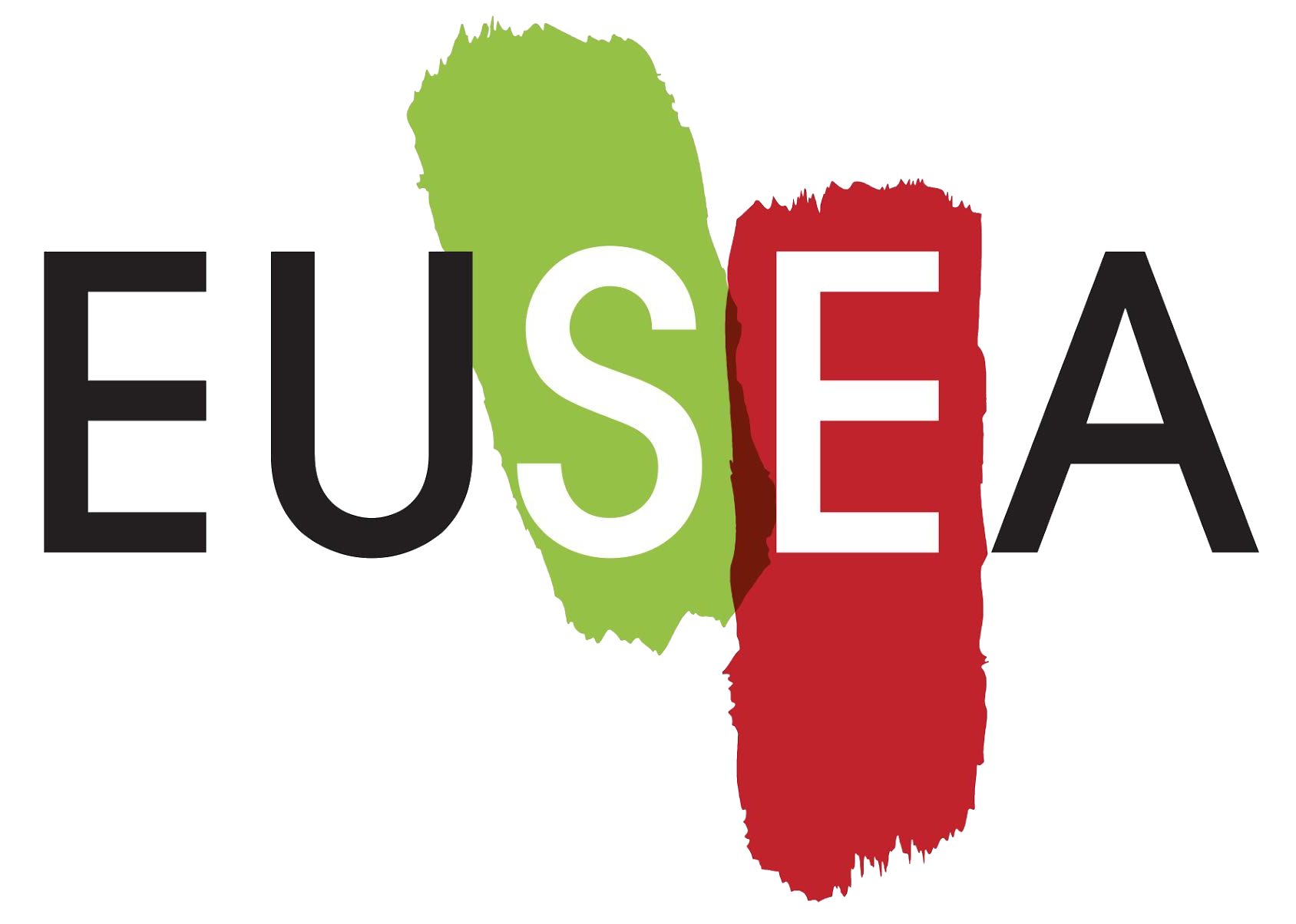Description
Ritual Dissent is a knowledge management tool which offers a formal way to share criticism and disagreement for the purpose of learning and increased resilience. In all cases, it is a forced listening technique, not a dialogue or discourse. It is used to test and enhance proposals, stories or ideas by subjecting them to challenges or positive alternatives.
Target Audience
- Adult citizens
You can do it with all those groups, but we did it with professionals from different fields like public engagement or the cultural and creative sector.
Benefits
Benefits
Ritual Dissent is meant to simulate the process of delivering new ideas to management or decision-makers, and to open up new ideas to the necessary criticism and development. The process is meant to enforce listening, without disruption. A creative and useful way to get constructive critical feedback.
Preparations
The basic approach involves a spokesperson presenting a series of ideas to a group who receives them in silence. The spokesperson then turns their chair, so that their back is to the audience and listens in silence while the group either attacks (dissent) or provides alternative proposals (assent). The ritualization of not facing the audience de-personalizes the process, and the group setting (others will be subject to the same process) means that the comments or suggestions are not personally, but constructive criticisms. Listening in silence without eye contact, increases listening. More details here: http://www.mspguide.org/tool/ritual-dissent
How to facilitate:
1. Appoint a spokesman for the presentation. It is advisable that the person have “a resilient and robust personality and not bear a grudge”.
2. Invite a critical audience. Preferably the audience will consist of more external/outsiders than within the working group to offer different perspectives on the issue.
3. Short presentation of the ideas, proposal, concept or similar content that are to be challenged by the group. The spokesman presents to the silent audience which offer no comments yet. It is suggested to limit the presentation to 3 minutes.
4. The challenge: The spokesman is given a clipboard for taking notes and turns around. The group should then attack the ideas with full and complete vigour. The spokesman listens in silence and takes note.
5. Conclusions: The spokesman takes some time to reflect on what he or she has heard. He or she then turns around to face the group again and tells the group what he or she has learned.



